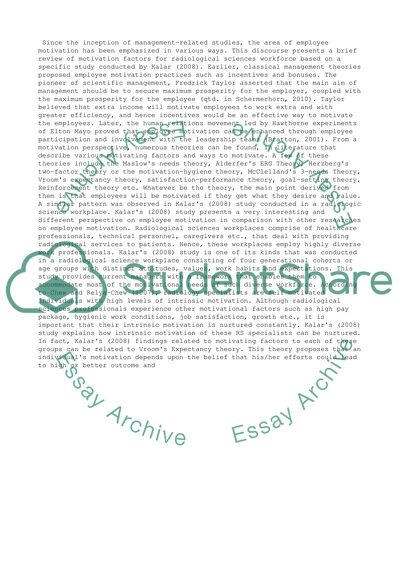Cite this document
(“Motivation in a Multigenerational Radiologic Science Workplace Research Paper”, n.d.)
Retrieved from https://studentshare.org/management/1463269-motivation-in-a-multigenerational-radiologic
Retrieved from https://studentshare.org/management/1463269-motivation-in-a-multigenerational-radiologic
(Motivation in a Multigenerational Radiologic Science Workplace Research Paper)
https://studentshare.org/management/1463269-motivation-in-a-multigenerational-radiologic.
https://studentshare.org/management/1463269-motivation-in-a-multigenerational-radiologic.
“Motivation in a Multigenerational Radiologic Science Workplace Research Paper”, n.d. https://studentshare.org/management/1463269-motivation-in-a-multigenerational-radiologic.


